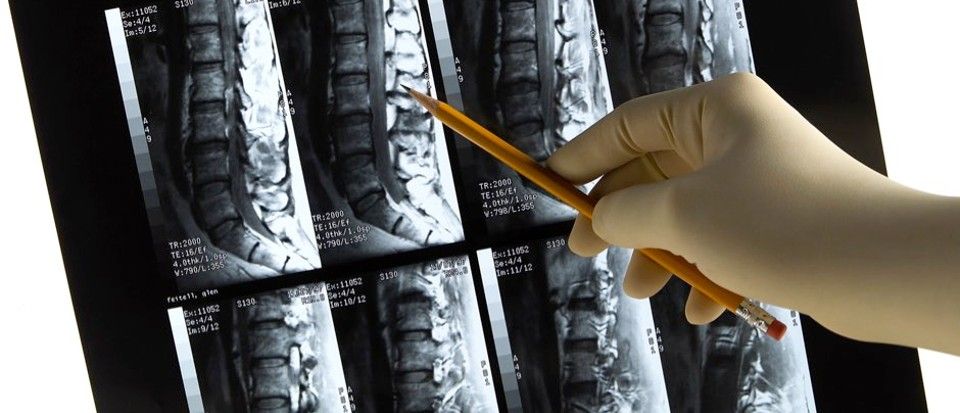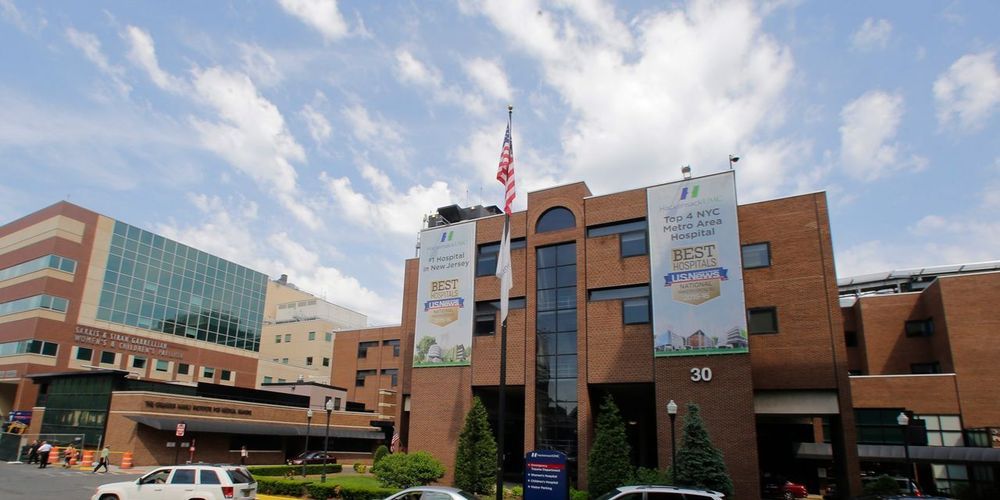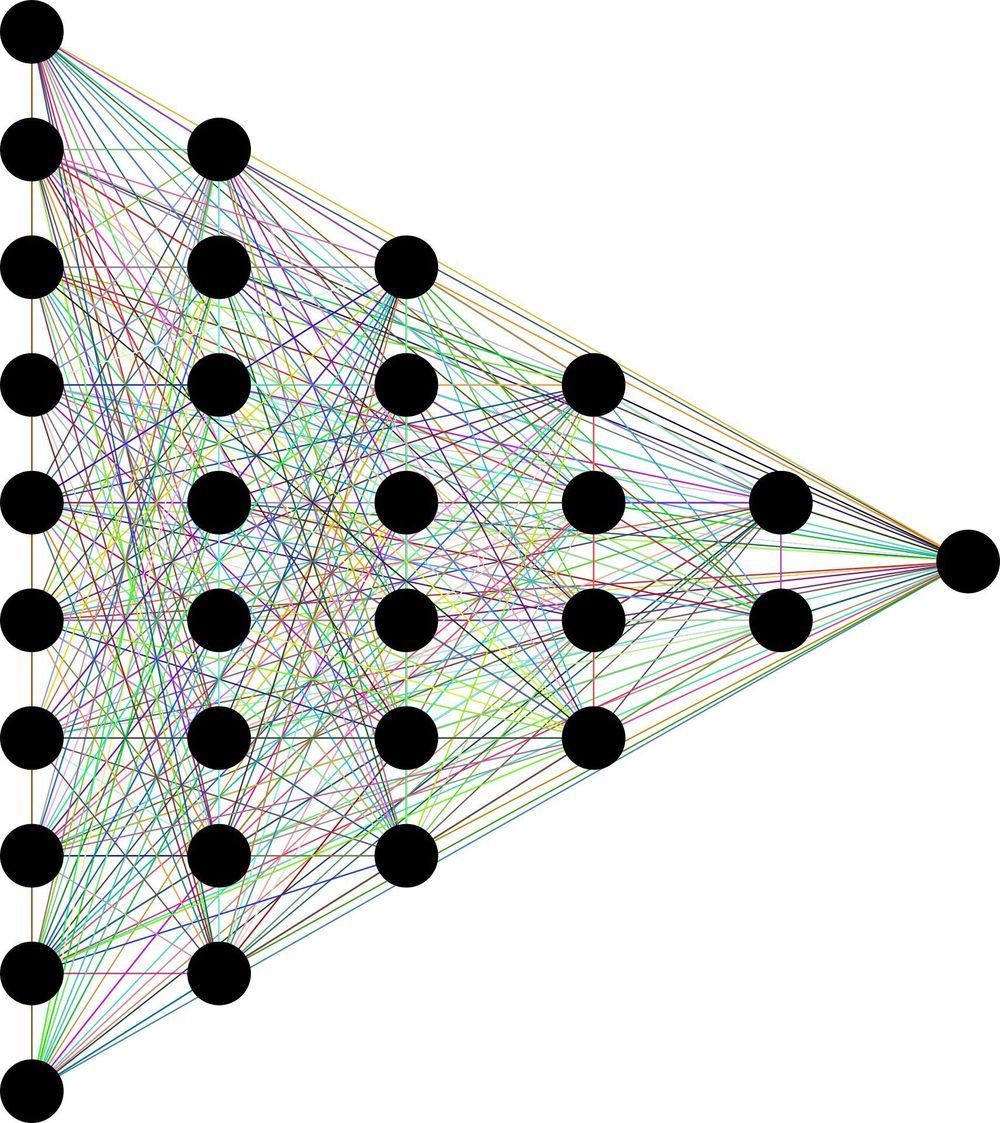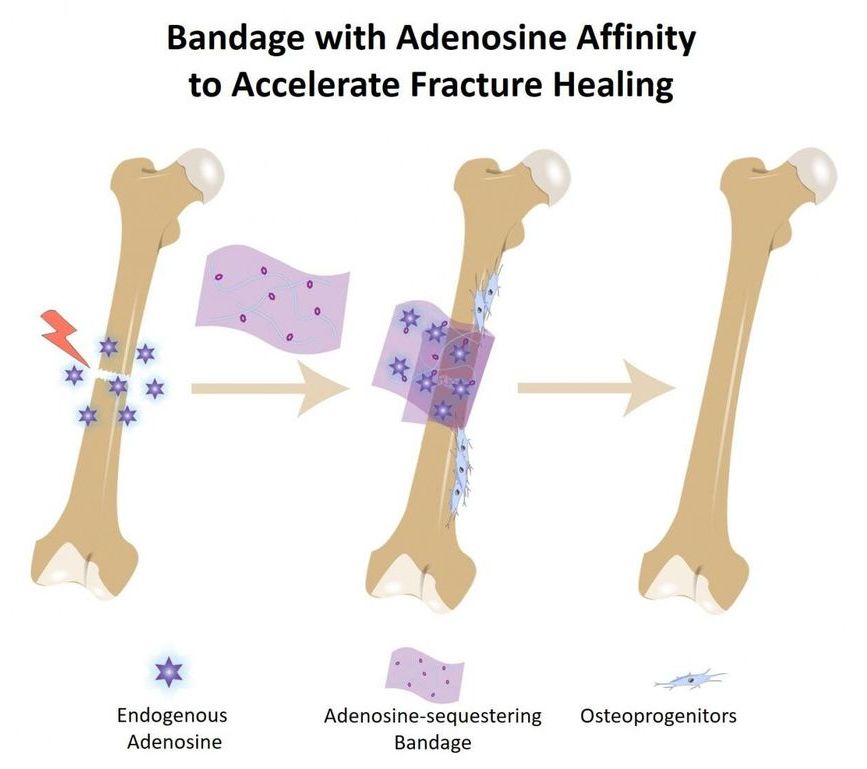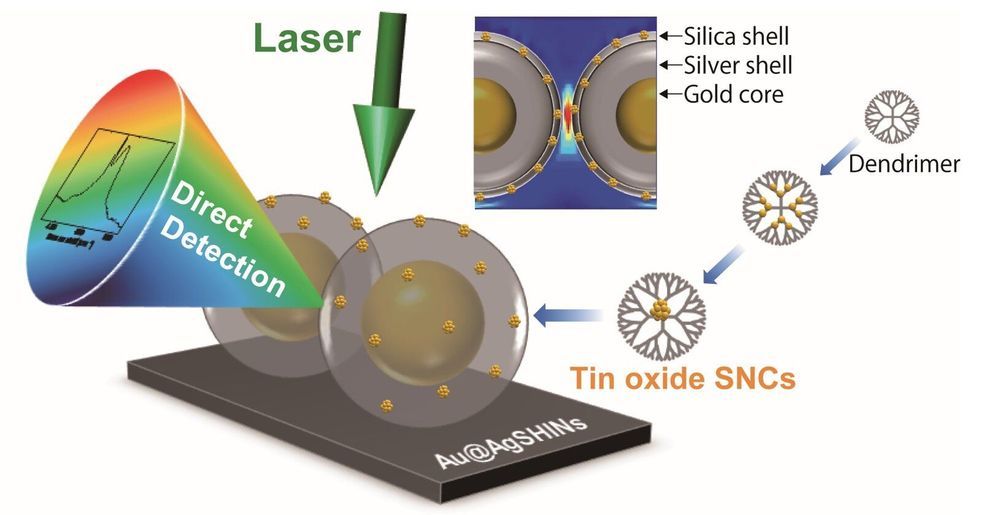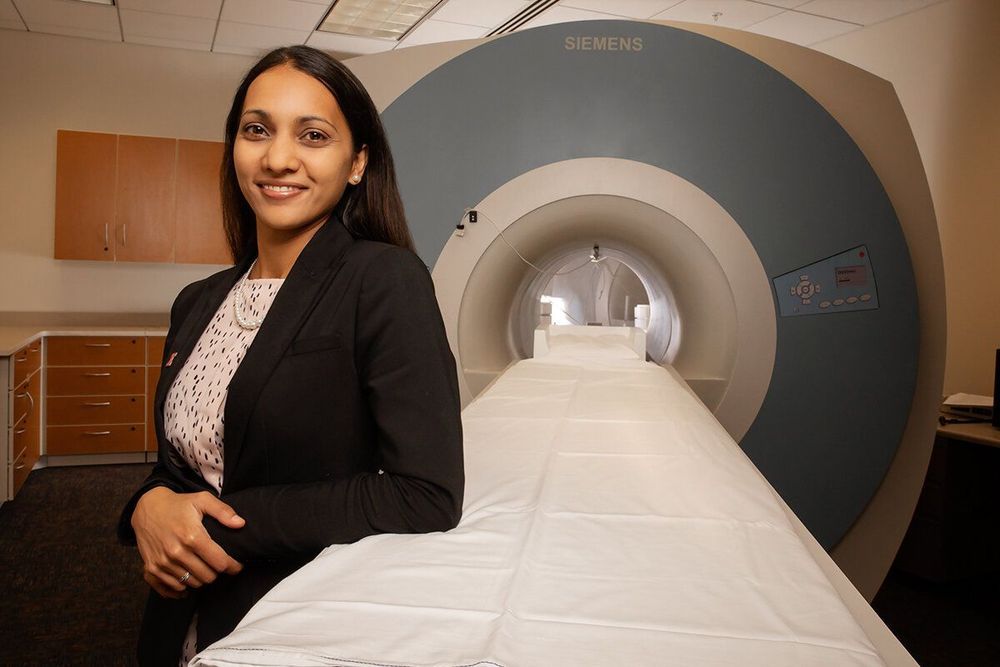U.S. regulators on Friday approved expanded use of a fish oil-based drug for preventing serious heart complications in high-risk patients already taking cholesterol-lowering pills.
Vascepa was approved years ago for people with sky-high triglycerides, a type of fat in blood. The Food and Drug Administration allowed its use in a far bigger group of adults with high, but less extreme, triglyceride levels who have multiple risk factors such as heart disease and diabetes.
In patient testing, it reduced risks of potentially deadly complications including heart attacks and strokes about 25 percent.

